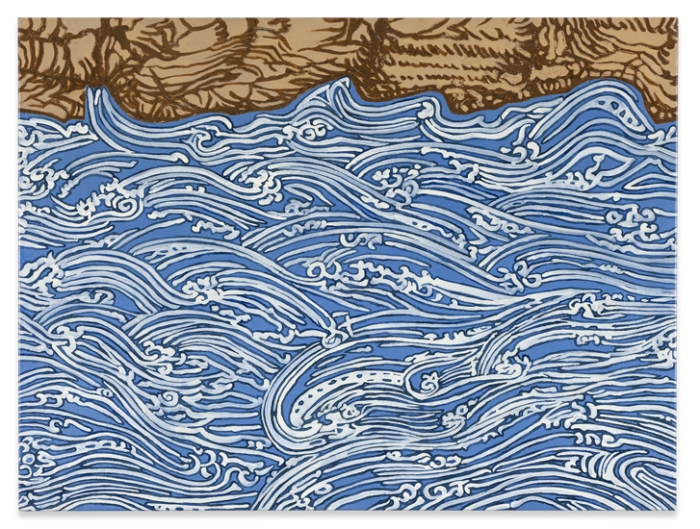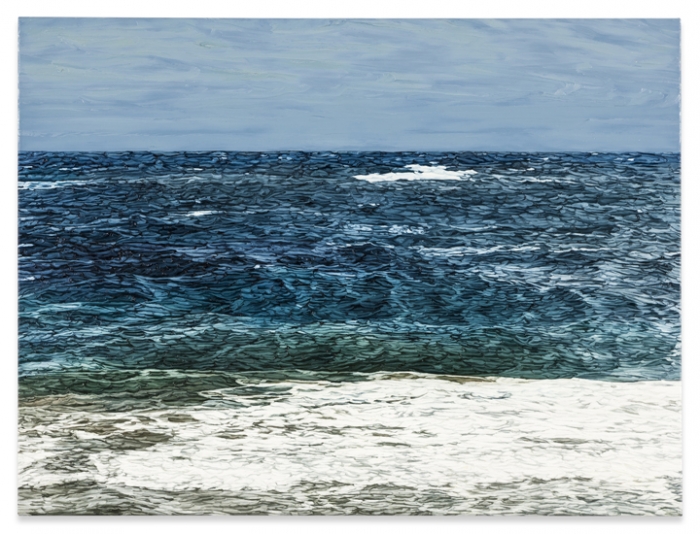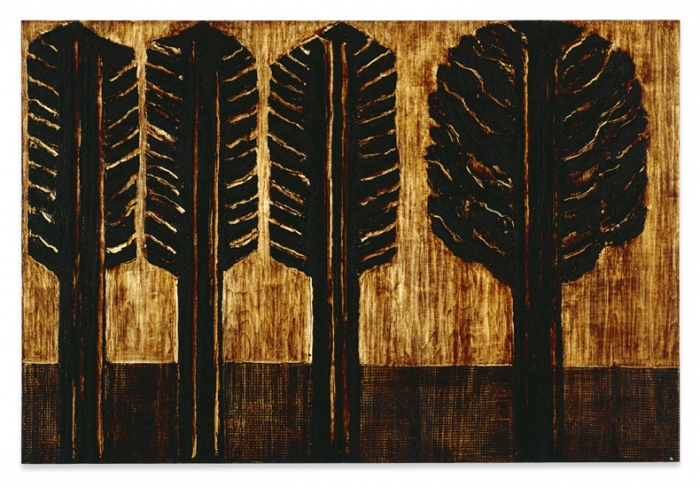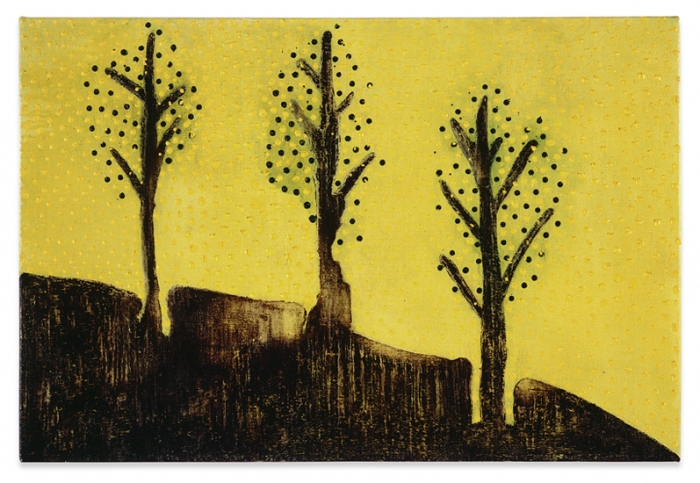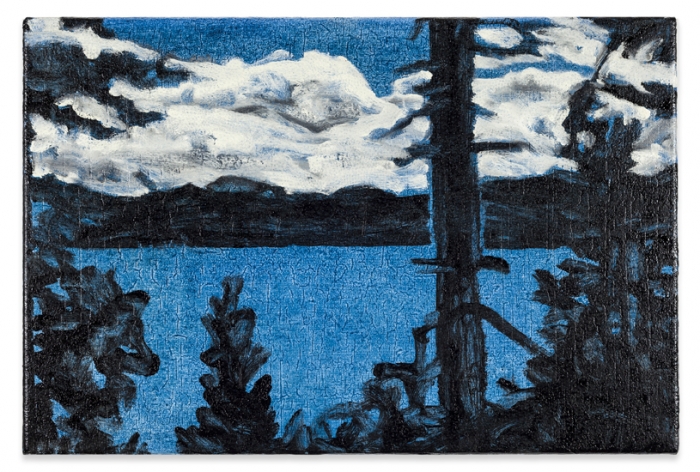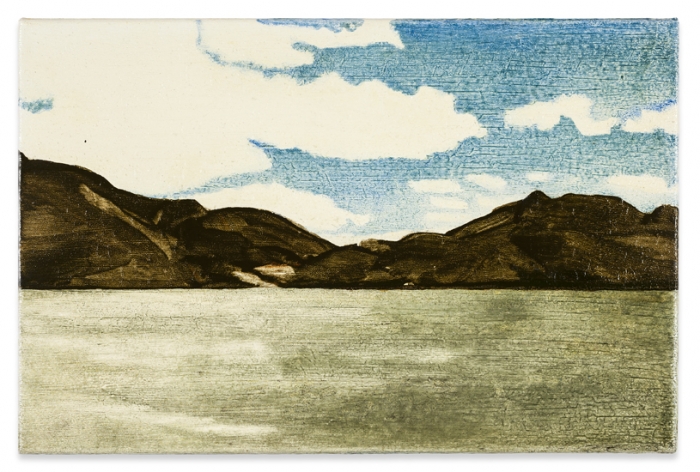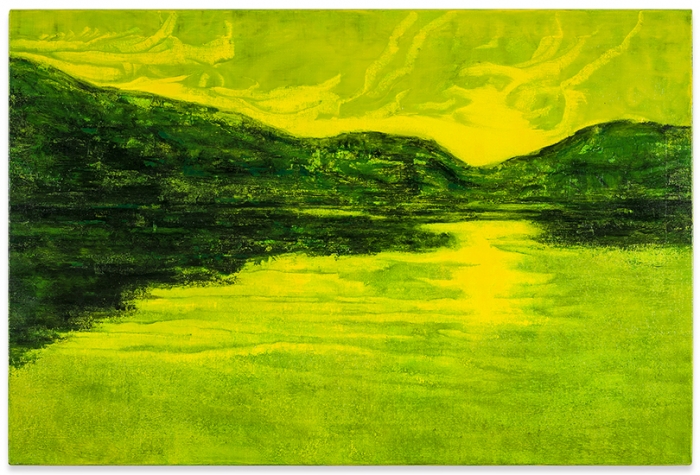ART CITIES:Berlin-Axel Kasseböhmer
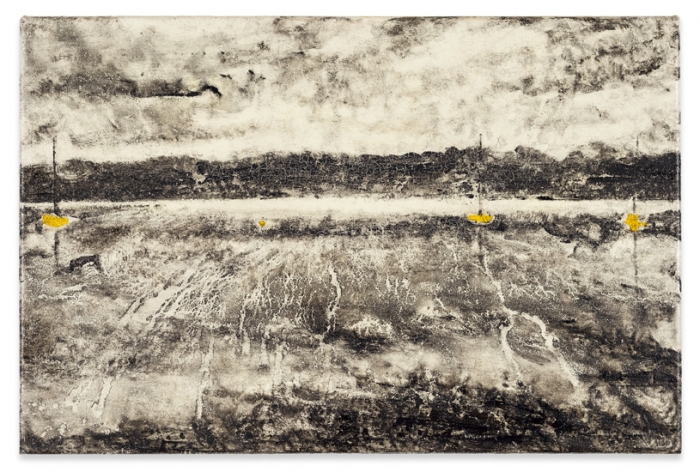 Axel Kasseböhmer earned a reputation at the beginning of the 1980’s for his enigmatic paintings that called to mind segments of well-known works from art history. Following this body of work, the artist created a series of pictures that used as their starting point large-format landscape photographs, which he over painted until the underlying photograph disappeared. Afterwards he developed various series, focusing on still lifes, trees and seascapes, taking up diverting styles to conduct a systematic investigation into the possibilities of painting.
Axel Kasseböhmer earned a reputation at the beginning of the 1980’s for his enigmatic paintings that called to mind segments of well-known works from art history. Following this body of work, the artist created a series of pictures that used as their starting point large-format landscape photographs, which he over painted until the underlying photograph disappeared. Afterwards he developed various series, focusing on still lifes, trees and seascapes, taking up diverting styles to conduct a systematic investigation into the possibilities of painting.
By Dimitris Lempesis
Photo: Sprüth Magers Gallery Archive
A retrospective look at the work of Axel Kasseböhmer, who passed away last year after a long illness, is on presentation at Sprüth Magers Gallery in Berlin gallery. This spotlight exhibition of Axel Kasseböhmer’s oeuvre is the second show taking over the whole Berlin gallery. Many paintings in the exhibition have long been inaccessible to the public. The show’s main focus is a never-before-seen body of work, the “Walchensee” series created during the last years of his life. Axel Kasseböhmer made a name for himself in the late 1970s while still a student at the Art Academy in Dusseldorf, where he studied under Gerhard Richter and Joseph Beuys. His breakthrough came with a series of enigmatic oil paintings featuring enlarged details from historical paintings, elevating them to a motif in their own right through a play of perception and proportion. At a time when art history was less and less the standard measure in contemporary art, Kasseböhmer returned to the classical repertoire. While some motifs in this body of work are fairly easy to trace, his 1985 Picasso-homage “Stierschädel” for example), most leave the viewer uncertain as to their origins. “Häuser” (1980) for instance, draws on an insignificant architectural detail from a Fra Angelico crucifixion painting. The large-scale work “Stoff 1” (1981) quotes the folds of a dress in a saint portrait by Francisco de Zurbarán while “Landschaft mit Architektur” (1981) cites an arbitrary painting snippet from a neoclassical allegory by Nicolas Poussin. In most cases, Kasseböhmer never saw the original paintings, which hang in the Louvre, the National Gallery or the Prado. Instead, he painted from color reproductions printed in books and catalogues. His works are testament to an incomparable trust in the persuasive power of historical paintings, yet they also have a completely autonomous, sensual and auratic quality of their own. The gestural forms in his “Landschaft gelb, grün” series, for which he focused on only two shades, point to both environmental themes and the destruction of art. Kasseböhmer’s decided renunciation of irony struck a distinct contrast to many of his contemporary Cologne painter colleagues and their ideas about the end of painting. His pictures confidently counter a time when anything could be made into a mediatized picture and any facet of painting could be conceptually “destroyed.” Instead they try to show the viewer what only painting can do. The “Walchensee” series of large-scale paintings, created in the years before Axel Kasseböhmer’s death after a series of smaller “Walchensee” landscapes, brings many strands of his lifelong exploration of painting together. He knew that Lovis Corinth’s last landscapes were also created just before his death by a lake in the Alpine foothills of Bavaria. Like Corinth, Kasseböhmer was pursuing a private project in his two “Walchensee” series recalling the religious tradition of meditation images, he appears to be confronting his grave illness and immanent death.
Info: Sprüth Magers Gallery, Oranienburger Straße 18, Berlin, Duration: 9/2-7/4/18, Days & Hours: Tue-Sat 11:00-18:00, www.spruethmagers.com
